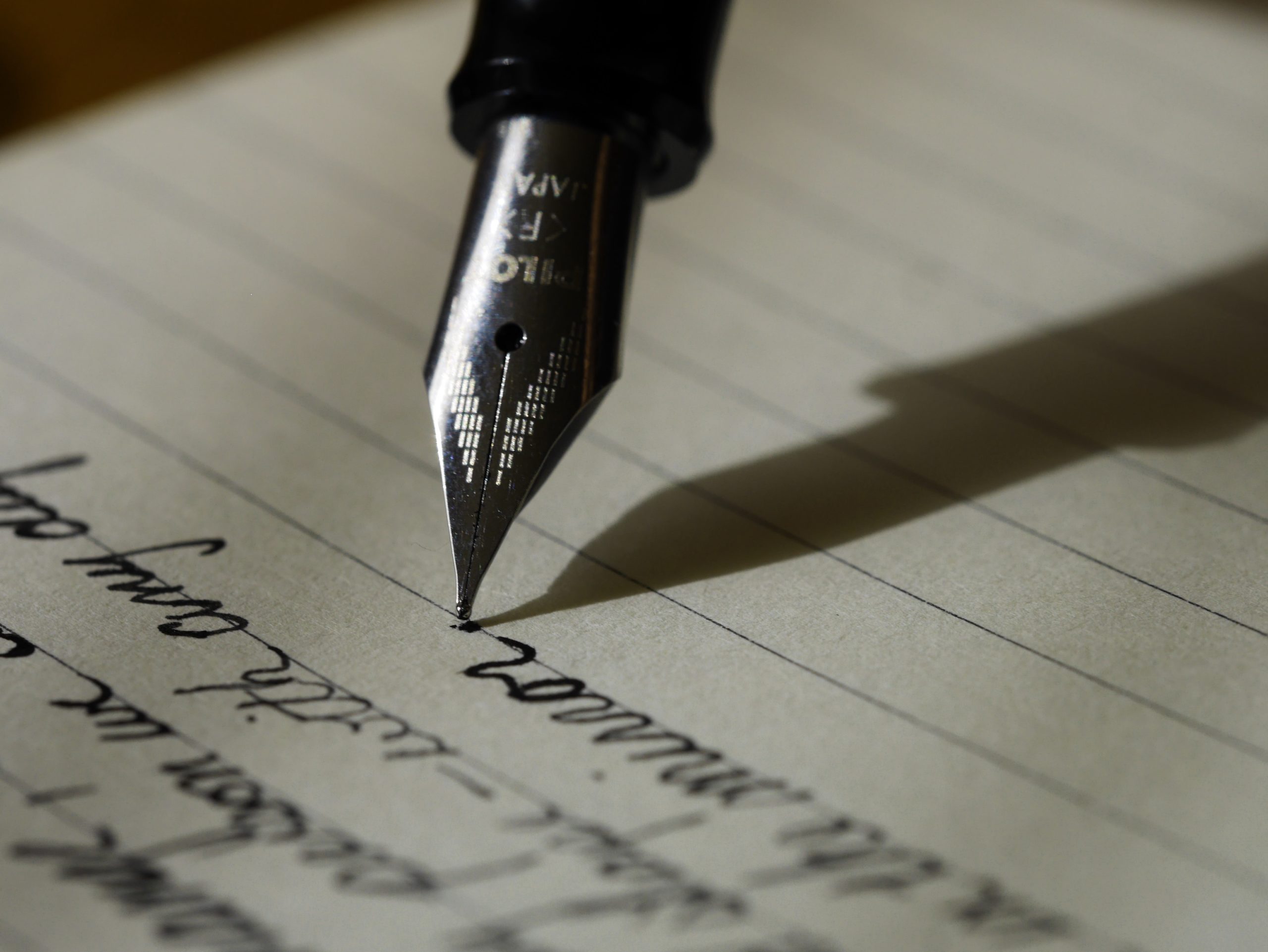Written this past summer, 2023.
There’s seven of them stacked by date on my bedside drawer. A shoebox underneath the bed houses 23 more. Each letter, carefully folded, preserves some fragment of my life, spanning continents, decades, and seasons. Travel Tabriz to Tennessee; watch ‘05 blend into ‘06; feel cool breeze as autumn slips into winter — past intertwines with present to leave a paper trail of my 17 years on Earth.
On this day, I’m sorting through the shoebox, the first time in years I’ve lifted its worn lid and probed the contents inside. Abandoning our home of nine years, my family is packing, preparing to root our new lives just four miles away. Surrounded by piles of clothes and trinkets, I eye the stack of empty cardboard boxes in the corner of the room. Trash bag in hand, I examine each object: to toss or to keep?
I grasp the first letter and trace the edges of the stamp, a lily flower purchased in France. I recognize the round handwriting and heart-dotted “I’s,” and my bottom lip lifts in a smile. The faded navy envelope belongs to Michaela, a friend since 4th grade. Her family traveled to France the summer before middle school, and in the absence of iPhones, we relied on monthly letters to communicate. Keep.
I reach for the next letter, a 9×11 piece of printer paper folded three times. The sharp scribbles and haphazard illustrations are unmistakable: it’s from a middle school crush, an attempt at a romantic profession — one only an eleven year old with a half-baked understanding of love could write. My nose scrunches, cringing at the awkward compliments and misspellings. Keep.
It seems there’s a distinct intimacy that accompanies the physical: handwriting feels inherently more intentional, more permanent.
In an era that values convenience and efficiency, lost is the art of letter writing. We increasingly rely on digital communication to forge connections. On Snapchat, disappearing messages conceal our secrets and gossip, and with it, we lose any artifact of the conversation.
On iMessages, we spawn texts in mere seconds, forgetting, almost instantly, our message once we click the blue “send” button. Ding, and a notification obstructs the top of our screen.
Perhaps we find comfort in this instant gratification: friends and family are only ever a few minutes away. But, maybe our subconscious also desires possession, drawn to the illusion of owning constant access to people. We feel, in many ways, entitled to others’ time.
Oppositely, patience is built into letter writing — a natural byproduct of the post’s (plentiful) delays and the distance crossed between author and recipient. Time feels integral to the letter reading experience: the longer we wait, the greater the excitement.
Beyond convenience, there seems to be an inherent detachment in digital communication: we don’t cling to text messages, chats, or Instagram DMs in the way that we do to letters. Never have I printed out a text, delicately folded the message and tucked it away for safe-keeping. So why is it that when it comes to tangible communication, we experience such profound attachment? Before I moved, I hadn’t touched my letter box in years. Still, I couldn’t bring myself to let them go.
Maybe we cling to these fragments of past because they preserve pieces of ourselves that no longer exist — a reminder of our growth. Maybe letters just feel more human, an artifact of our relationships, proof that we existed in plenty. Scribbles, white-out, doodles, and postscripts create voice. A human being wrote this, intentionally, for me. Grasp a letter in hand and thumb the creases and folds. Maybe there’s a stain in the upper corner where coffee has permeated the pages. Maybe dried teardrops have wrinkled the page as the paper folds into itself. Trace scribbles and observe as the author lifts from the page and comes to life, dancing with memory.
My own relationship to letter writing is curious. Last summer, my friend and I exchanged letters from across the globe: Savanna’s envelopes traced a path from Hong Kong, and mine, from Boston. Separated by 13 hours, we found that FaceTime and iMessage were no longer convenient. As I woke up, she fell asleep. When I turned off my lights for the evening, she opened the blinds to start her day. Confronting this new normal, I poured my thoughts into letters, limited by the bounds of a 9×11 sheet of printer paper.
I wrote with purpose — every detail was intentional and thoughtful, adding a piece to the broader puzzle of my life many miles away from my best friend. Often, I found myself drafting letters in a digital notes app, later transcribing the message onto paper. Crossing mediums seemed to blur the line between efficiency and sentiment. Was the intimacy lost in this act, I question? I still haven’t reached a resolution. Still, there feels an unshakeable sense of artificiality in manufacturing a message before writing it out.
Exercise strained patience as you wait for the red flag of your mailbox to lift upwards. Eventually, rip through a spit-sealed envelope and eagerly explore the contents inside. They’re an artifact of someone’s consciousness, some time ago. Letters, in many ways, exist as a practice of the past.
In just a few months, I’ll be packing yet again, this time for college. As I travel far from the people who have left their fingerprints on my life, preserving a mosaic of my past feels perhaps more important than ever before.
